In an article titled “Exploring Canon’s cinema lens range” Canon elaborates regarding its cine-glass arsenal, with a goal to help you decide which Cine Prime or Cine Zoom is right for you. Explore the highlights below to learn more about Canon cinema lenses, their purpose, and how they can contribute to achieving your visuals.
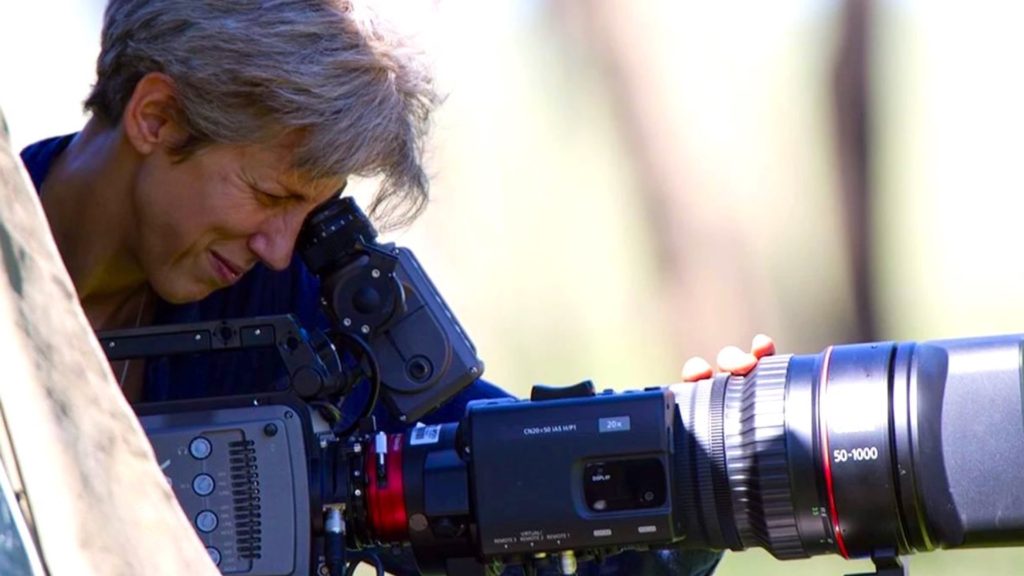
The first Canon cinema zoom was introduced in 1969
As stated by Canon: “1969: A year of historic events…First man to walk on the Moon — Canon launches its first Cinema zoom lens”. According to Canon, its cine lenses are the culmination of half a century of experience in cinema. Although the Cinema EOS system made its public debut in 2011, Canon’s history of cinema lens design can be traced back decades. It began in 1969 when Canon accepted a request to build a cinema zoom for Hollywood filmmakers, and two years later the K5x25 macro zoom lens was born. This was soon followed by the iconic K35 Prime Series, which was recognized with an Academy Award in 1976 and is still appreciated in the industry today. Actually, the K35 was used by Cannes Film Festival 2021’s filmmakers (Read: Cannes Film Festival 2021’s Lenses: A Lot of Optics!).
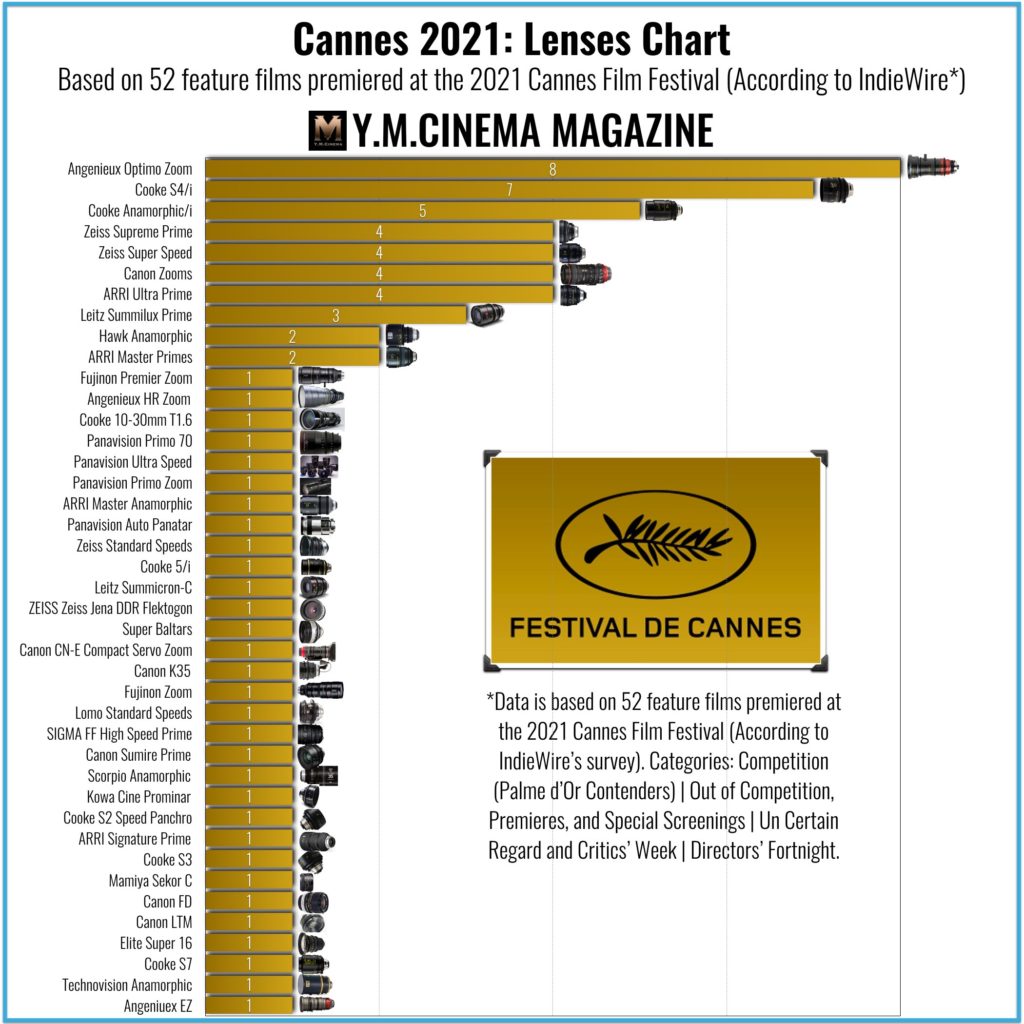
Glass consistency
Canon emphasizes that lens consistency is one of the key advantages of the Canon cine lens system. “Whether you’re using a Cine Prime, a Cine Zoom, or a Cine Servo Zoom, you can be confident the color balance will remain the same” Canon says. If you decide to swap the CN-E14mm T3.1 L F Cine Prime for the CN-E30-300mm T2.95-3.7 L S Cine Zoom, for example, you won’t see any noticeable color shift because all the lenses are designed to work together. Basically, this statement is correct, however, it’s less relevant to the Sumire Primes which are very unique in their color rendering. But yes, generally, you can swap Canon’s lenses from Cine-Primes and Cine-Zooms including Servo, and still maintain the color rendition.
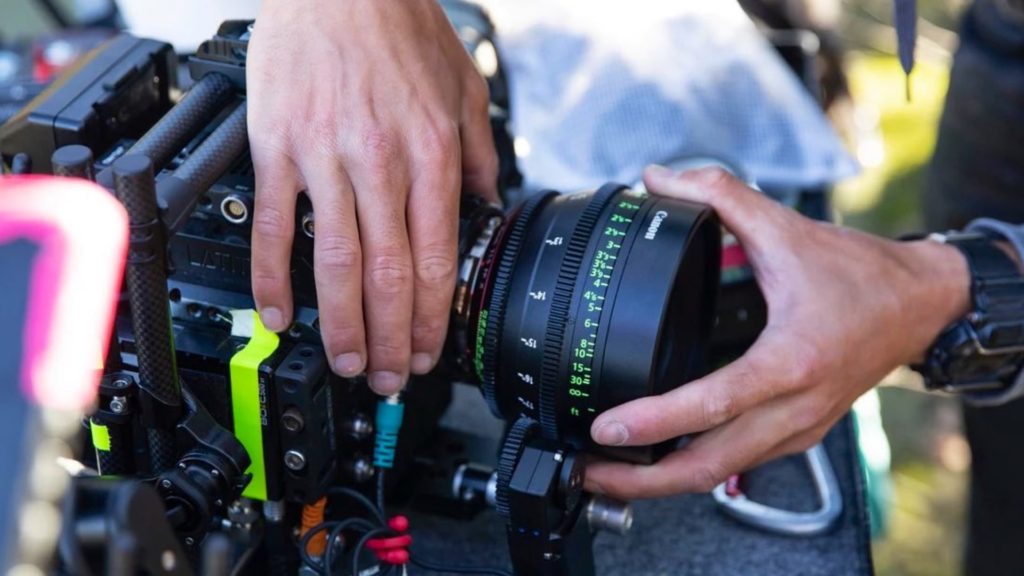
The broad range of prices that can fit any budget
“Ultimately it just comes down to finding the lens that’s suitable for the look you want, your shooting environment, and your budget. The opportunity to choose anything from 14mm right through to 1500mm and know that you’re going to get a consistent level of performance gives you incredible flexibility” Canon states. Indeed, Canon Cine lenses can be found in a broad range of pricing, that can fit almost any project’s budget. Continue reading Canon’s ‘micro’ guide to the different types of cinema zooms and prime lenses that are currently available.
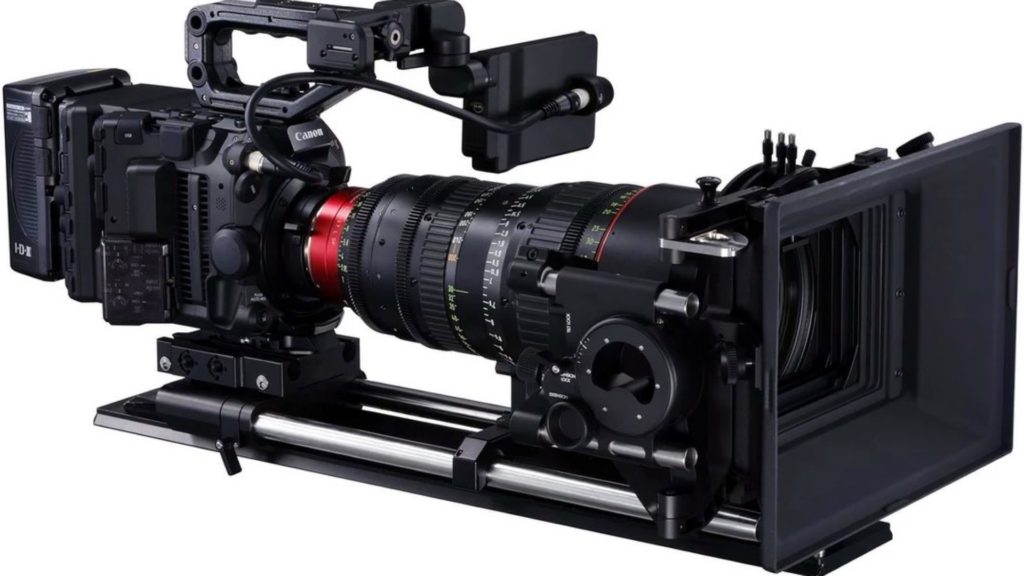
The Cine Zooms
Canon’s Cine Zoom range is separated into two distinct groups of lenses – Top End Cine Zooms and Compact Cine Zooms. Both classes of the lens are designed for EF and PL mount Super 35mm cameras and offer outstanding 4K image quality for high-end film productions.
Top End Cine Zooms
The brace of Top End Cine Zooms – CN-E14.5-60mm T2.6 L S/SP and CN-E30-300mm T2.95-3.7 L S/SP – offer a complementary range of focal lengths for comprehensive coverage across a wide range of subjects. Those lenses own an impressive zoom range, and they’re being used in wildlife, drama, and sports. However, their price is not for the faint of heart, as each lens costs more than $40,000 USD. Explore the slide below with those ‘Top-End Cine Zooms’:

Compact Cine Zooms
Where the ability to be more mobile with smaller cameras is important, the Compact Cine Zooms are a better choice. “While the original Canon EOS C700 with its Super 35mm sensor would be a natural match for the Top End Cine Zooms, the Compact Cine Zooms would perhaps suit the proportions of the Canon EOS C300 Mark III better,” Canon elaborates. The CN-E15.5-47mm T2.8 L S/SP and CN-E30-105mm T2.8 L S/SP are more lightweight and portable, and much more affordable, as opposed to the top-end-cine-zooms. Check out the slide below that shows those lenses and their prices:
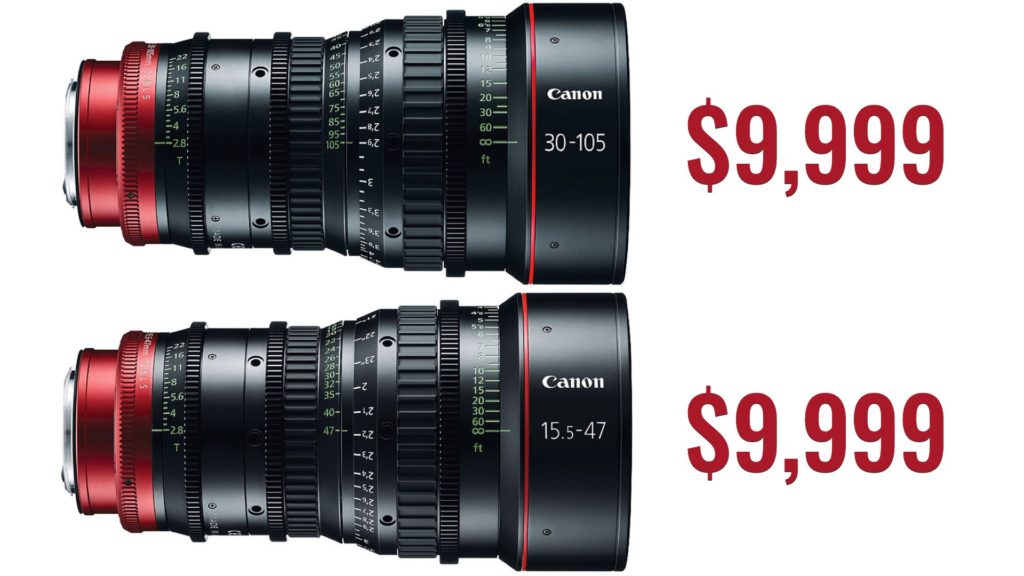
Cine Primes
Significantly lighter in weight than zoom lenses covering the same focal length, Canon’s Cine Primes feature a durable design and industry-standard controls. The full set of seven full-frame lenses covers a focal length range of 14mm up to 135mm. As explained, each lens has been designed with consistent color reproduction in mind, so there is no noticeable color shift when swapping between focal lengths. “These are very sharp, high-contrast lenses with exceptional bokeh,” says Paul Atkinson, Product Specialist for Professional Video at Canon Europe. “They have the advantage of having a wider T-stop of T1.5 in most cases – even T1.3 with the CN-E50mm T1.3 L F and CN-E85mm T1.3 L F. They also exhibit minimum focus breathing. Sometimes with photography lenses, there’s a discernible change in the field of view when you change the focus, but that’s been significantly reduced across the entire Canon Cine Prime range” he adds. As for the price, as a full set (7 lenses) costs $28,460, which is pretty decent. Explore the slide below of the full set of cine primes:
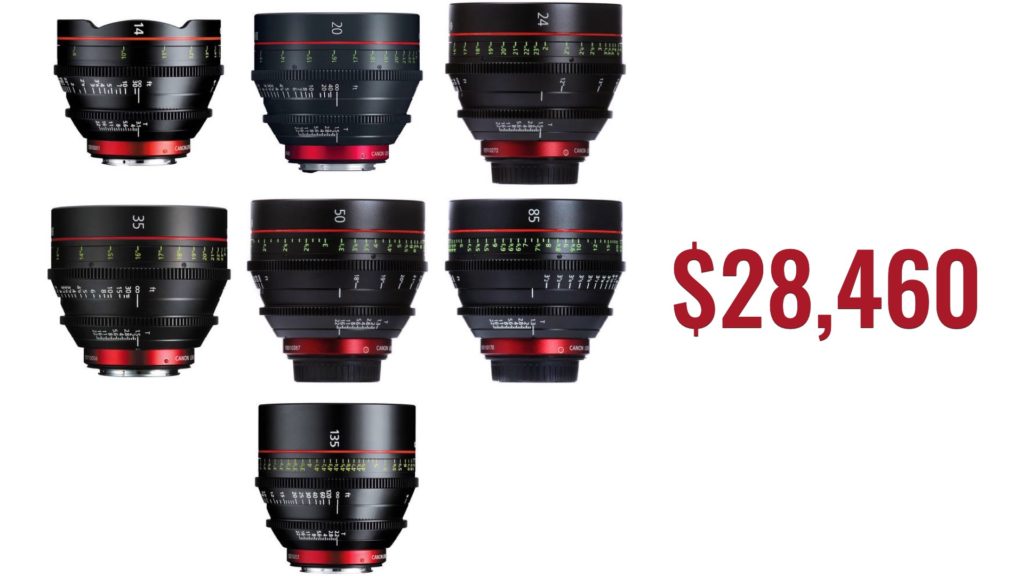
Designed for EF mount
Because these lenses are designed for EF mount cameras, it means we have compatibility with the Dual Pixel Focus Guide for accurate manual focus assist, plus the ability to transfer lens metadata back into the file. It means that for a camera with Electronic Image Stabilization, such as the Canon EOS C500 Mark II, the camera will automatically detect the focal length and set up the stabilization correctly when the function is activated.
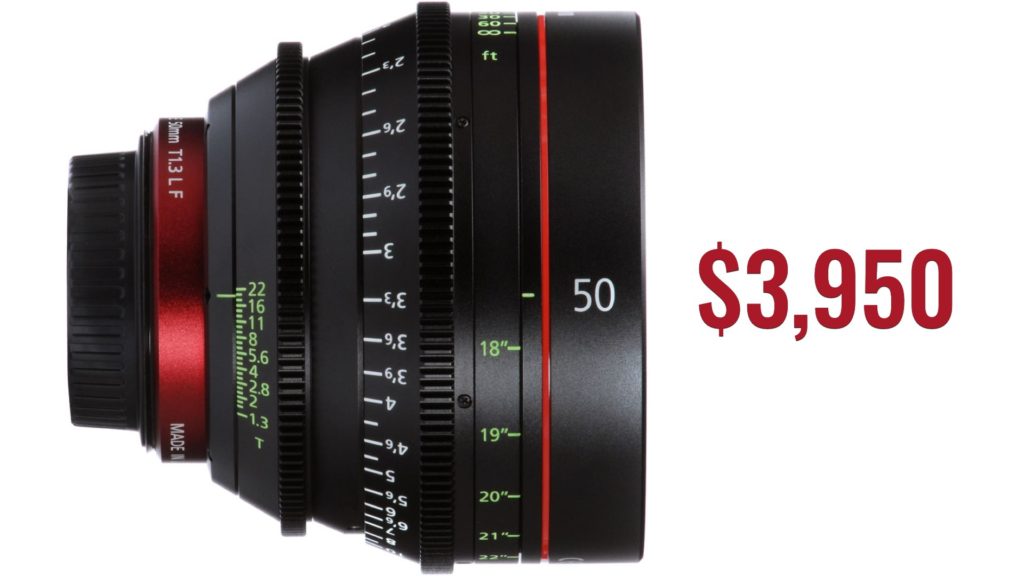
Sumire Primes
Engineered to deliver sublime image quality with a noticeably different character to Canon’s Cine Primes, the Sumire (pronounced “Soo-mee-ray”) collection of full-frame prime lenses lends a more cinematic look to productions. The Sumire Prime range offers the same seven focal lengths and fast T-stops as the Cine Prime line-up. Both sets of prime lenses also share an identical color tone, mechanics, and construction, with a consistent 300-degree focus travel, 105mm screw-on filter thread, and 114mm front diameter for matte boxes. However, they’re far more expansive. A lens of the Sumire Primes is almost twice compared to the ‘regular’ Cine Primes. Explore the slide below that shows the whole set:
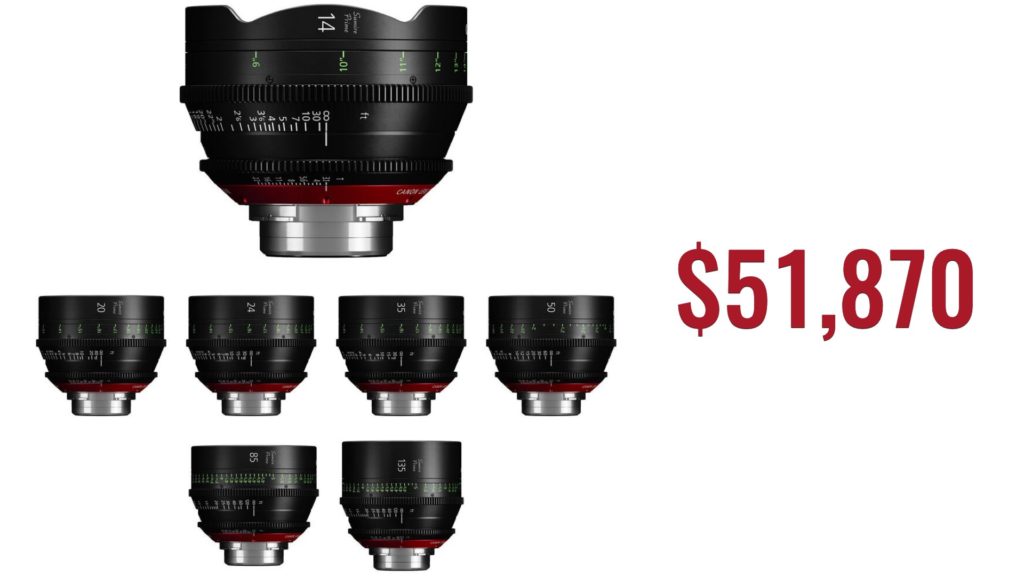
“Cinematic optical formula”
According to Canon, where the Sumire Primes differ is that their optical formula produces a more cinematic look with a hint of softness, natural skin tones, subtle flares, and rich, silky bokeh. These characteristics are particularly evident at wider apertures, with a smoother focus fall-off. They come with a PL mount that can be converted to EF at any local authorized service facility. “Although both the Sumire and Cine Prime lenses have 11-blade diaphragms, the bokeh is slightly different with the Sumire lenses, especially towards the edges, where it becomes more elliptical,” Paul says. “The Cine Primes have a more universal rendering in this respect.”
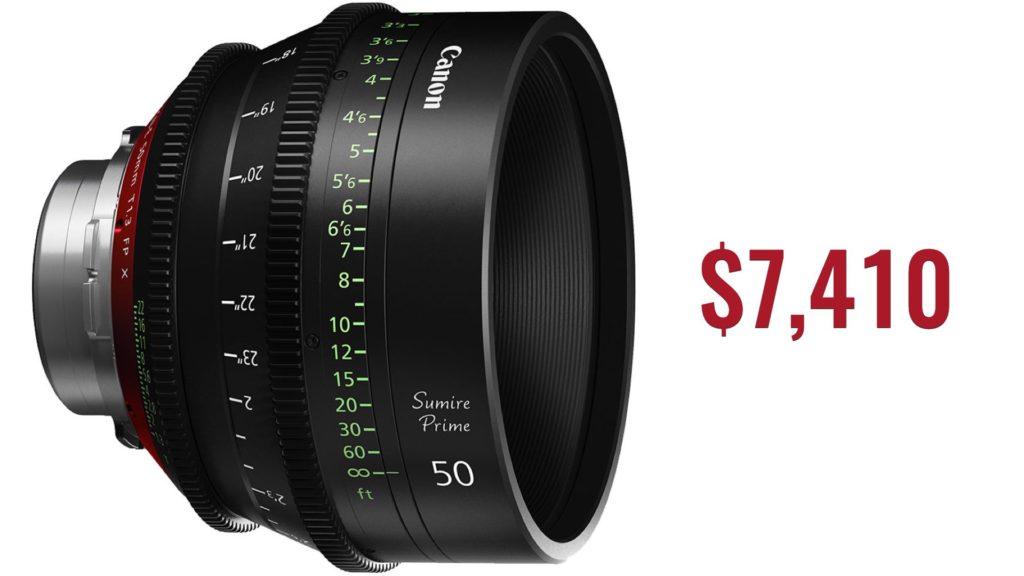
Cine Servo
Blending stunning 4K optical quality with broadcast-friendly features, the trio of Canon Cine Servo lenses offer a versatile choice for broadcast and handheld applications where servo control is required. Available in both EF and PL mount, the lenses are designed for Super 35mm sensors, with the CN10x25 IAS S E1/P1 also offering Full Frame coverage when using the built-in 1.5x extender.
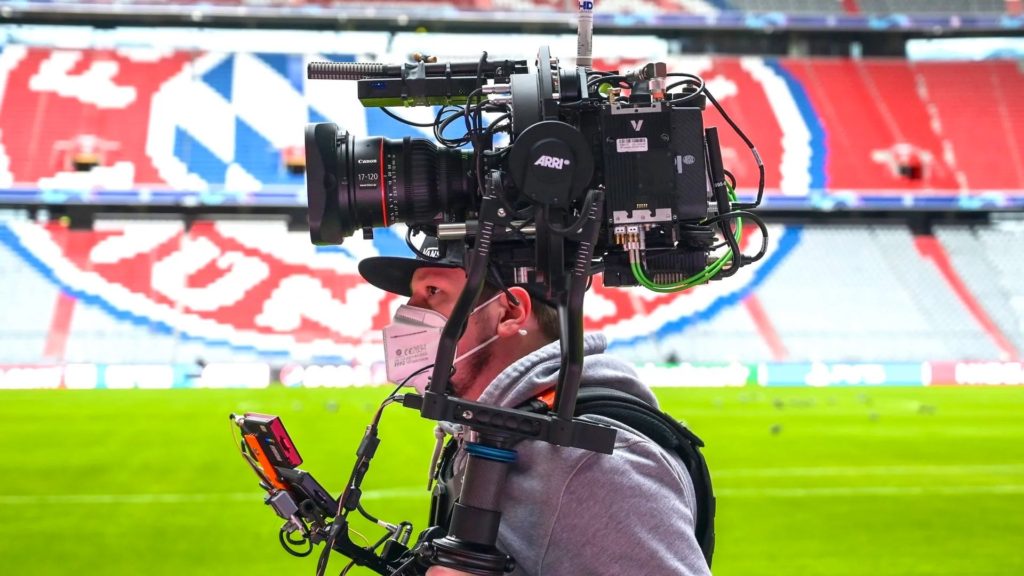
$70,000 lens
Canon states that the CN20x50 IAS H E1/P1 is a particular highlight. The expansive 50-1000mm 20x ultra-telephoto zoom makes it a perfect fit for wildlife, sport, and live performance. Furthermore, with its built-in 1.5x extender it effectively becomes a 75-1500mm, allowing you to frame a shot without encroaching too much into the subject’s space. Explore the lens below:
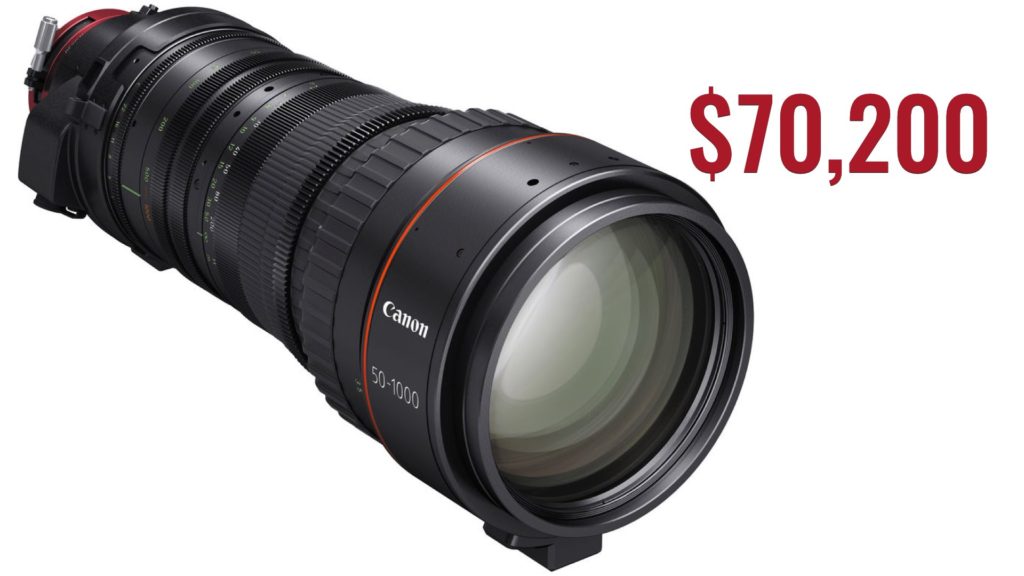
Compact Cine Servo
The Compact Cine Servo zooms are large-format EF-mount lenses that are designed to meet the needs of productions with smaller budgets, without compromising on optical quality. They benefit from three modes of image stabilization and fast autofocus via Dual Pixel CMOS AF. Similar to their larger Cine Servo stablemates, the leaner, lighter Compact Cine Servo zoom lenses are designed for 4K Super 35mm cameras and feature built-in servo control. However, their more compact construction means that they’re easy to use handheld or shoulder-mounted on shoots that move at a fast pace.
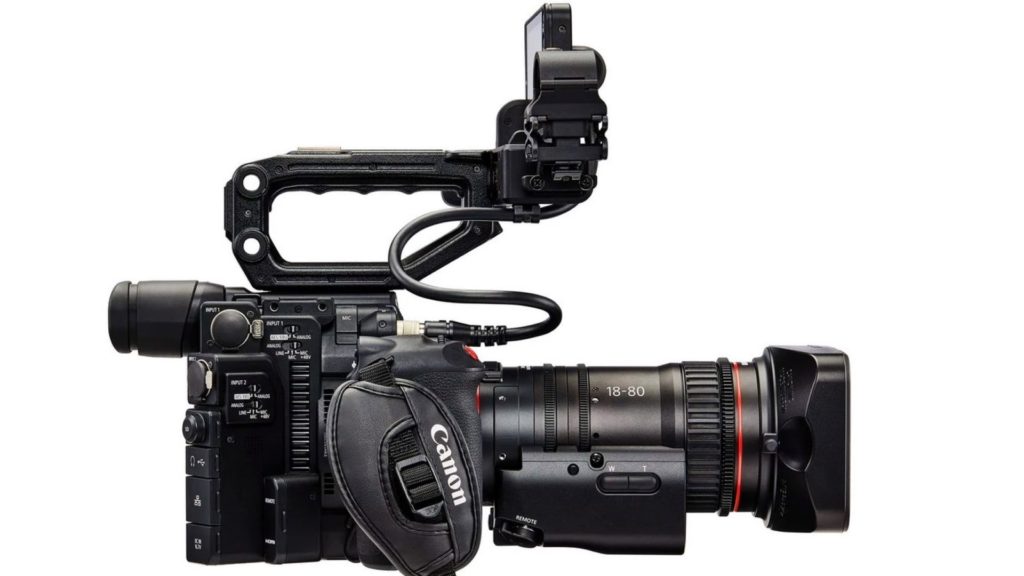
Workhorses for documentary filmmakers
“These are workhorse lenses for filmmakers who shoot documentaries on a compact cinema camera such as the Canon EOS C200,” Paul explains. “Both the CN-E18-80mm T4.4 L IS KAS S and the CN-E70-200mm T4.4 L IS offer the convenience of cine-servo operation in a conveniently small-sized package. They’re ideal for the run-and-gun shooter who wants a quality optic without the hassle of having to rig up a bigger lens. For added convenience, you can even program the joystick on the Canon EOS C200’s grip to become the zoom controller. The main disadvantage is their slower aperture (T4.4). However, they are much more affordable than the Cine Servo lenses.
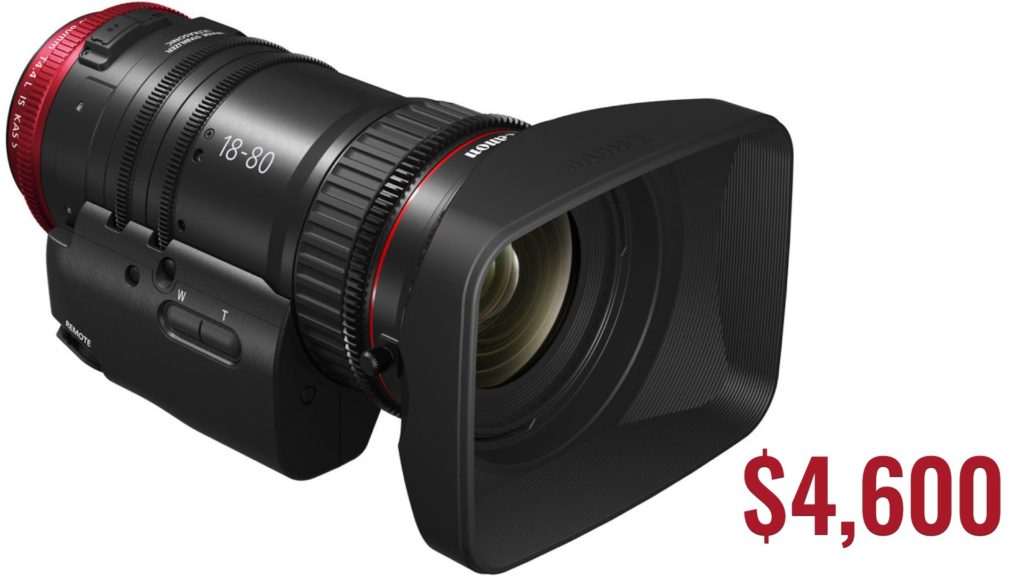
Summary
This article summarizes Canon’s cinema glass. From primes to servo lenses. From Super 35mm coverage to full-frame. From price of $4,000 to $70,000 per lens. All those lenses were developed to offer maximum possibilities and solutions that filmmakers demand, for all types of productions. The Servo glass is ideal for broadcasting and live events. The top-end-cine-zoom can capture exceptional imagery for documentaries when budget affords. The Cine-Primes are best for commercial and narrative works. And the Sumire is for filmmakers who are eager to capture unconventional images. So, what lens suits you best?
Product List
Here’re the products mentioned in the article, and the links to purchase them from authorized dealers.
- Canon CN-E 14.5-60mm T2.6 L SP Cinema Zoom Lens with PL Mount
- Canon CN-E 30-300mm T2.95-3.7 L SP PL Mount Cinema Zoom Lens
- Canon CN-E 15.5-47mm T2.8 L SP Wide-Angle Cinema Zoom Lens with PL Mount
- Canon CN-E 30-105mm T2.8 L SP Telephoto Cinema Zoom Lens with PL Mount
- Canon EF CN-E Cinema Prime 7-Lens Kit (14, 20, 24, 35, 50, 85, 135mm)
- Canon CN-E 50mm T1.3 L F Cine Lens
- Canon 50mm Sumire Prime T1.3 (PL Mount, Feet)
- Canon CN-E Sumire Prime 7-Lens Kit (14, 20, 24, 35, 50, 85, 135mm (PL Mount, Feet)
- Canon CINE-SERVO 25-250mm T2.95 Cinema Zoom Lens (PL Mount)
- Canon CINE-SERVO 50-1000mm T5.0-8.9 with EF Mount
- Canon CN7x17 KAS S Cine-Servo 17-120mm T2.95 (EF Mount)
- Canon CN-E 18-80mm T4.4 COMPACT-SERVO Cinema Zoom Lens (EF Mount)

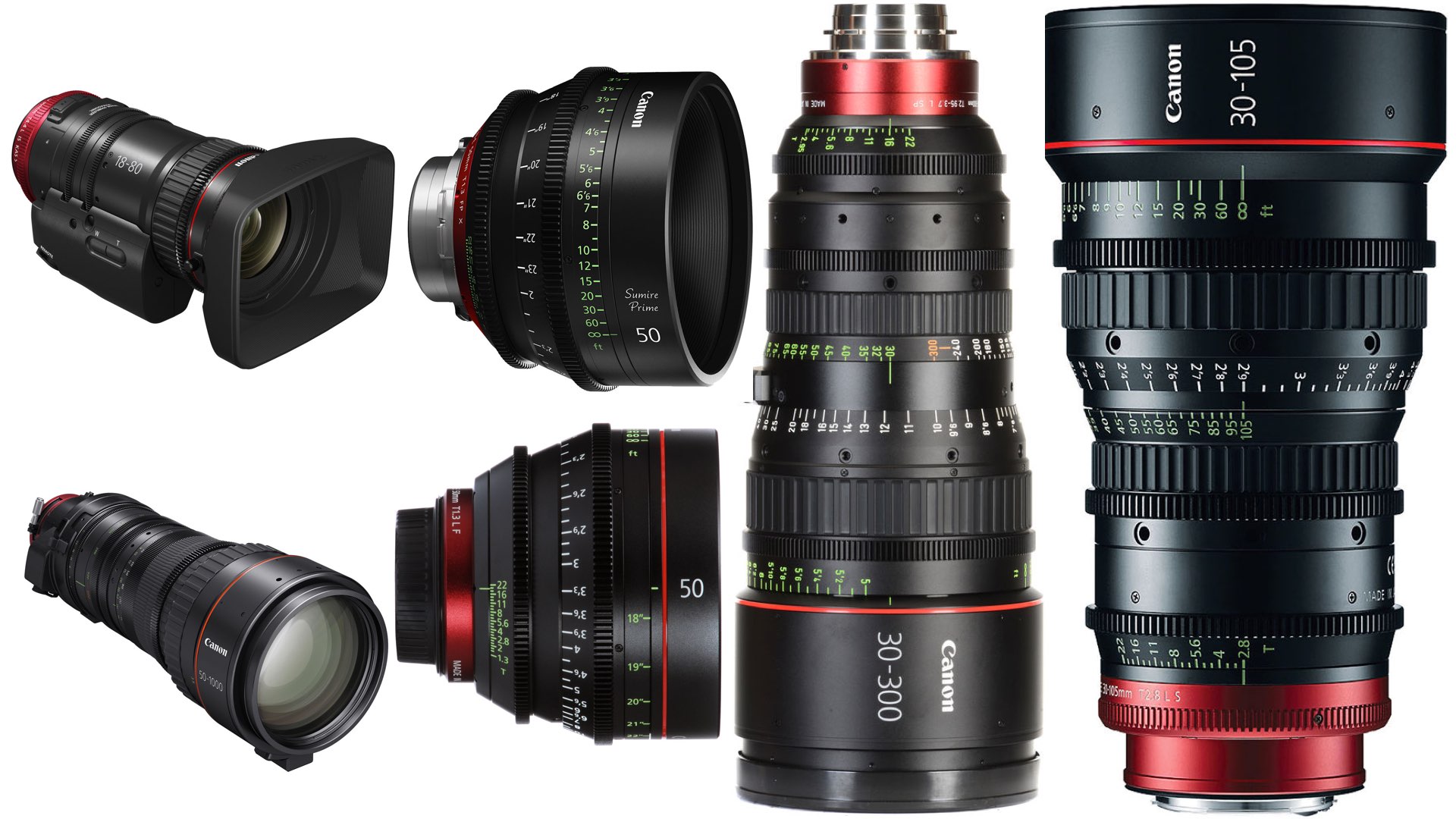


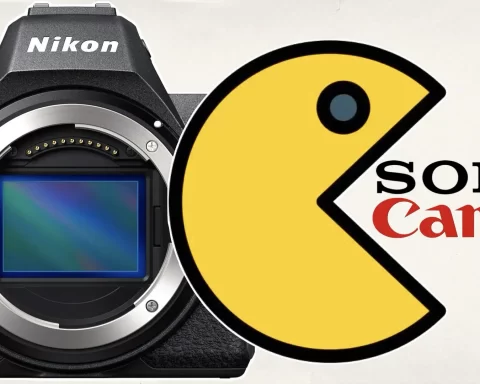
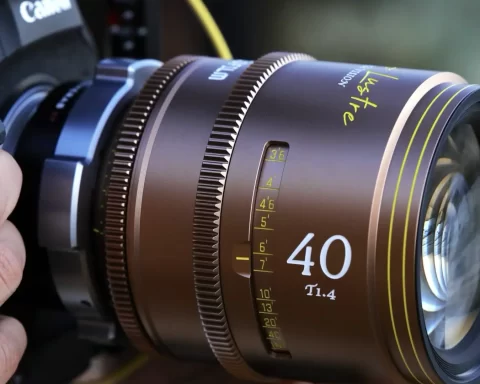




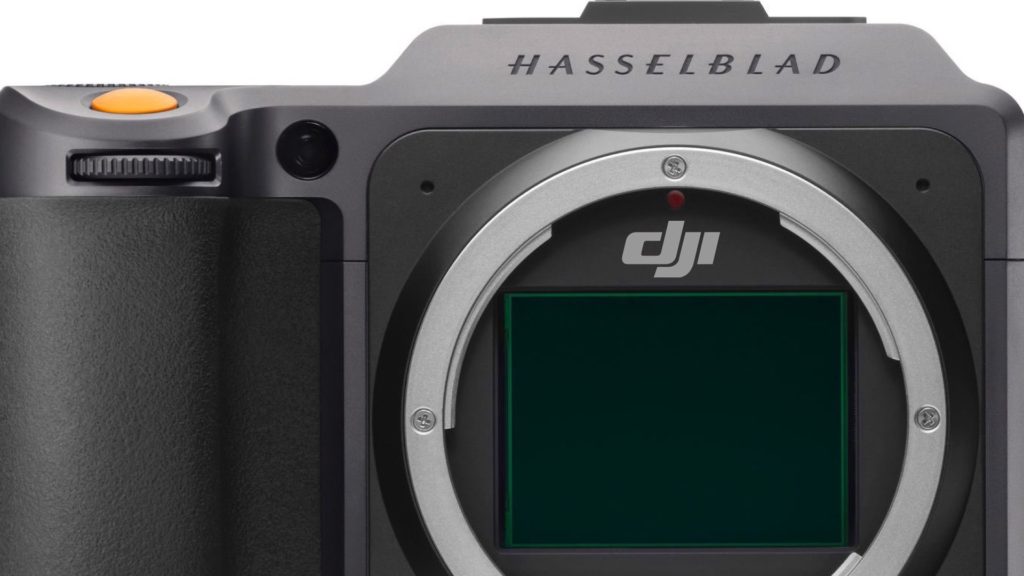
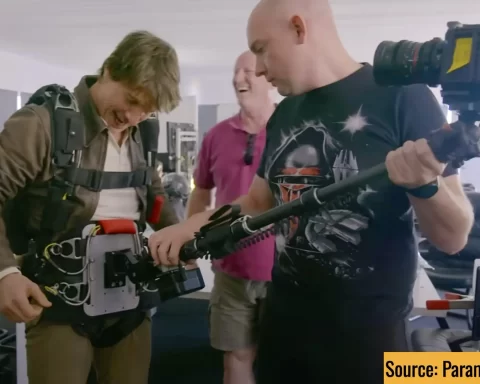


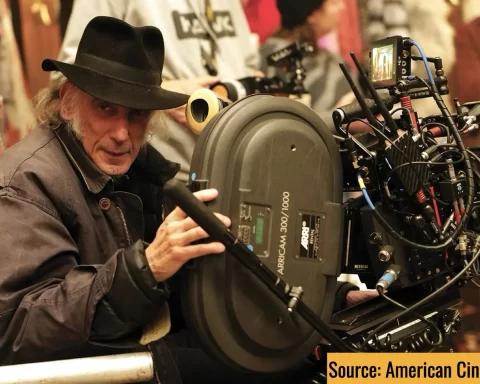
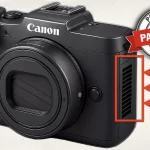

urenrjrjkvnm
Novost
urenrjrjkvnm
Cinema